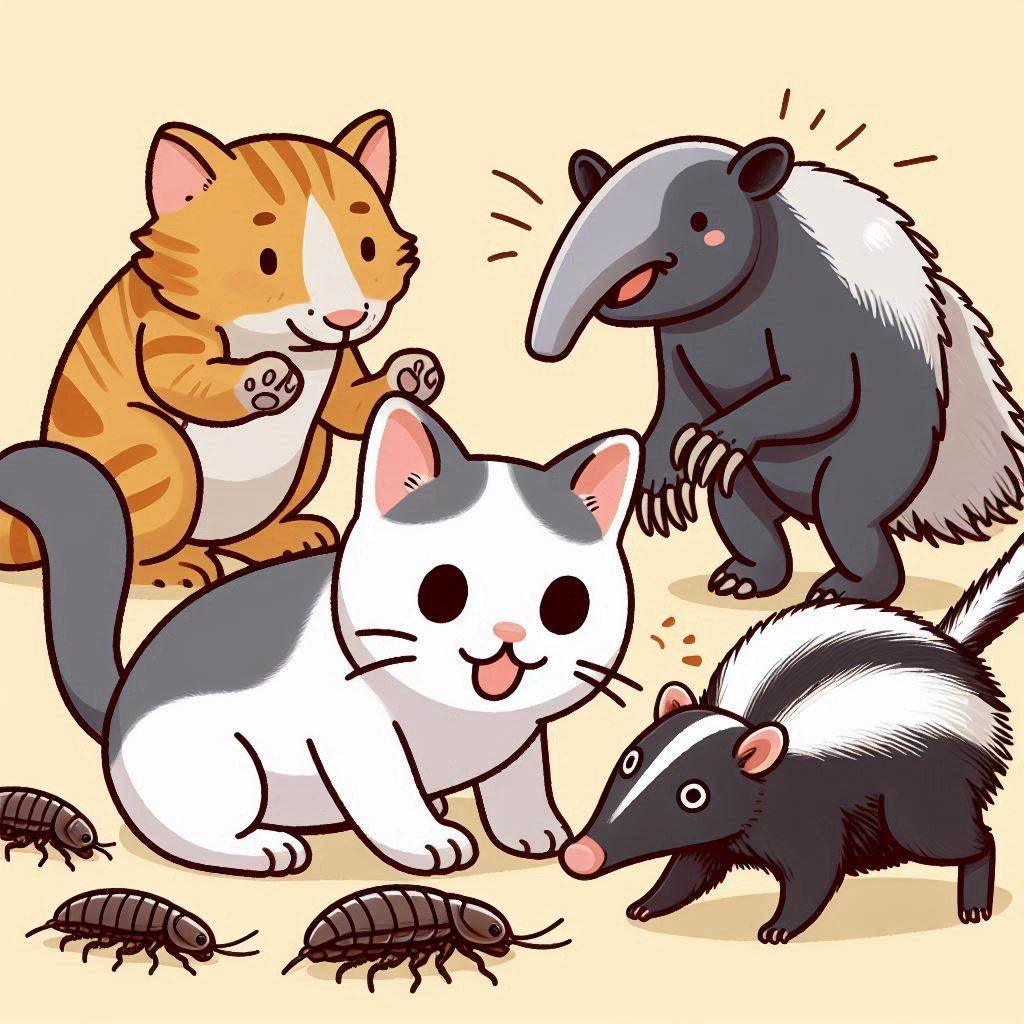
Starting a new hobby project is a fantastic opportunity to experiment with both established and cutting-edge technologies.
While designing and implementing the backend for my latest work-in-progress project, BeautyBard, I chose a set of libraries I’ve named the Critters Stack: a backend stack comprised of exceptional libraries, each with an animal-inspired name.
The stack includes:
- CockroachDB for the database
- skunk for the data access layer
- http4s with cats-effect for the HTTP and business logic layers
- tapir for defining REST endpoints and generating API specifications
I’ve been very pleased with the productivity, flexibility, and performance this stack has provided for my use case. I recommend that anyone interested in using Scala or functional programming (FP) for principled software development give these technologies a try.
Database Layer — CockroachDB
CockroachDB is a “cloud-native, distributed SQL database designed for high availability, effortless scale, and control over data placement.” Under the hood, it’s a distributed transactional key-value store, but its external API conforms to the Postgres wire protocol, providing all the benefits of a relational database while allowing seamless horizontal scalability.
If your project requires strong consistency guarantees, frequent joining across related entities, or if you are already familiar with Postgres, CockroachDB offers world-class scalability and availability without compromising on these fronts.
Data Access Layer — Skunk
Skunk is a purely functional, non-blocking Postgres library for Scala. Queries, updates, and transactions are declaratively described with type-safe interpolated strings. The SQL interpolator in Skunk provides developers with the fine-grained control and performance of raw SQL while ensuring compile-time type safety akin to what an ORM library offers.
Although still pre-release software, Skunk boasts an exceptionally polished and expressive API, granting developers precise control over their queries and transactions.
HTTP & Business Layers — http4s & Cats Effect
http4s is a minimal, idiomatic Scala library for HTTP services, and cats-effect is a library for functional programming that provides the building blocks for effectful and concurrent programming. Together, they form a robust foundation for creating scalable and maintainable business logic and HTTP services.
Endpoint Definitions — Tapir
Tapir is a library for describing HTTP endpoints as immutable Scala values. It provides a powerful and flexible way to define your API in a type-safe manner, which can then be used to generate server implementations, client code, and API documentation.
Conclusion
The Critters Stack has proven to be an excellent choice for my project, and I believe it can offer the same benefits to other developers looking to leverage Scala and FP principles in their software.